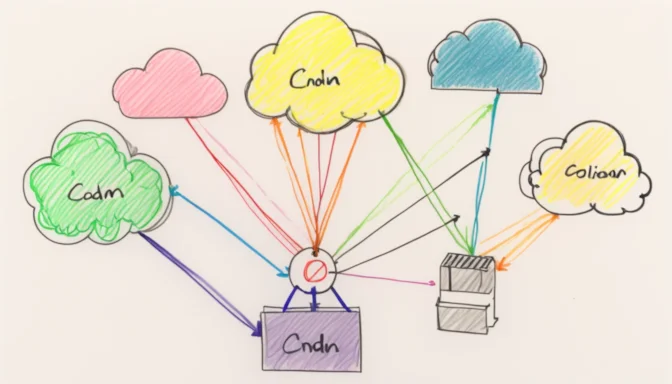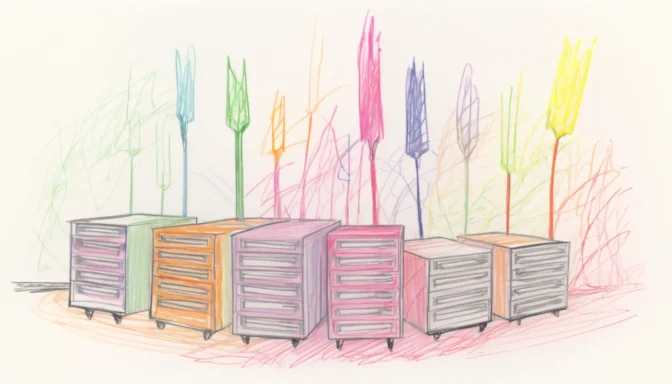What is CDN and How Does It Work?

A Content Delivery Network (CDN) is a network of servers designed to deliver content swiftly, affordably, reliably, and securely. It improves speed and connectivity by placing servers at the exchange points between different networks.
Is CDN Used for Caching?
Yes, one of the primary functions of a CDN is caching. It reduces the load on the application origin and enhances the user experience by delivering content from a nearby cache edge or Point of Presence (PoP).
CDN Cache Duration: How Long Does It Last?

The cache expiration time in a CDN can vary between 0 seconds and 366 days. A value of 0 seconds means that the CDN caches the content but must revalidate each request with the origin server.
CDN vs Caching: What’s the Difference?

While caching stores static content locally after the first request, CDN takes it a step further by distributing this content across its network of servers, called Edge Servers. Essentially, caching is a feature within the broader scope of a CDN.
CDN vs Load Balancer vs DNS
CDNs distribute content geographically, while load balancers distribute traffic across servers typically close in proximity. DNS, on the other hand, maps domain names to IP addresses and is a mechanism often used by CDNs for dynamic request routing.
 E-Commerceo
E-Commerceo
